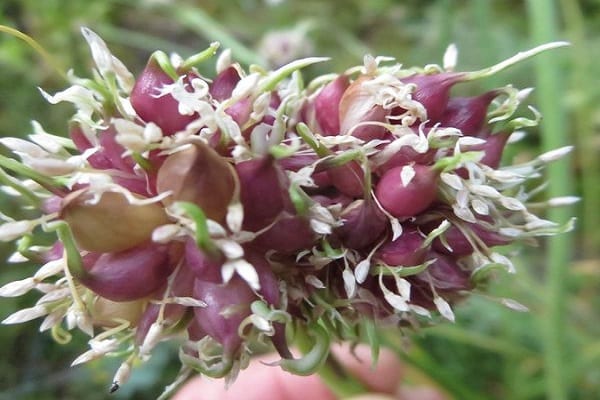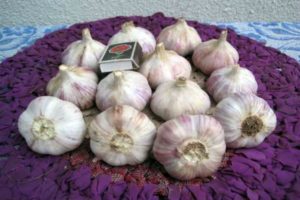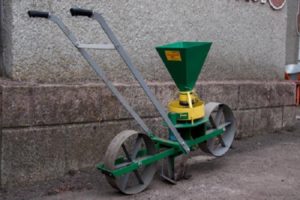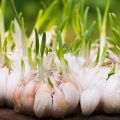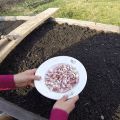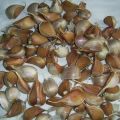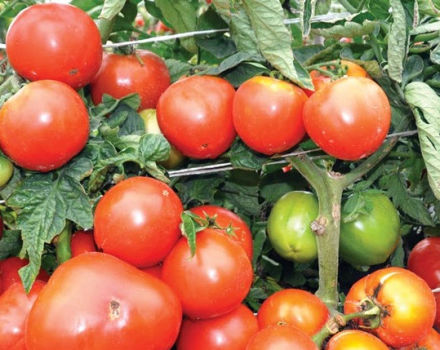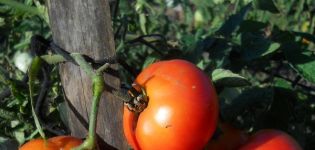How to plant and care for family garlic, harvest and store crops
Many summer residents are engaged in growing garlic on their plots. Before you start planting it, you have to spend time choosing the most suitable variety. Family garlic is popular among vegetable growers, since planting and caring for it is quite simple.
Family Garlic Description
Before you start planting and growing this variety, you need to familiarize yourself in more detail with its description and distinctive characteristics.
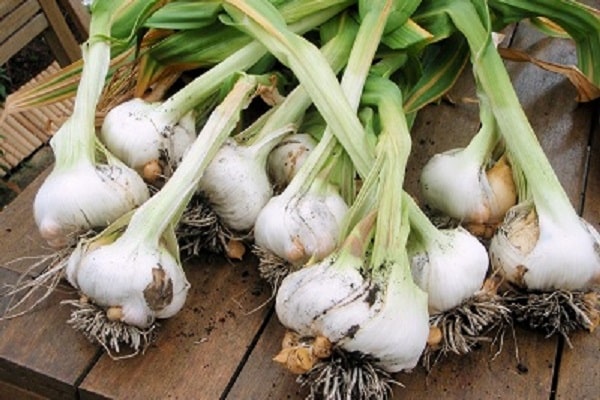
This variety is no different from other bush vegetable varieties. The family garlic got its name due to the fact that not one bulb or clove is formed on its head, but about 5-6 pieces at once. They are much smaller than the common varieties of vegetables, but they weigh about the same.
The distinctive features of the fruits include their bright taste and aromatic smell, which can be noticed immediately after digging out the garlic. Also, the advantages of the harvested crop include the storage duration, which is more than 10 months. Under optimal conditions, garlic fruits can be stored for a year and a half.
The harvested crop is often used in the culinary field in the preparation of vegetable dishes or canning. Also, garlic heads are sometimes used in medicine to create medicinal decoctions and infusions.
Some vegetable growers are sure that only residents of the middle zone of the country will be able to get a good harvest, since this is where the best conditions for growing vegetables. In other parts of the country, yields will be slightly lower if garlic bushes are not grown in greenhouses or greenhouses. Experienced gardeners are advised to grow the variety in greenhouse conditions in order to protect the bushes from pests and temperature extremes.
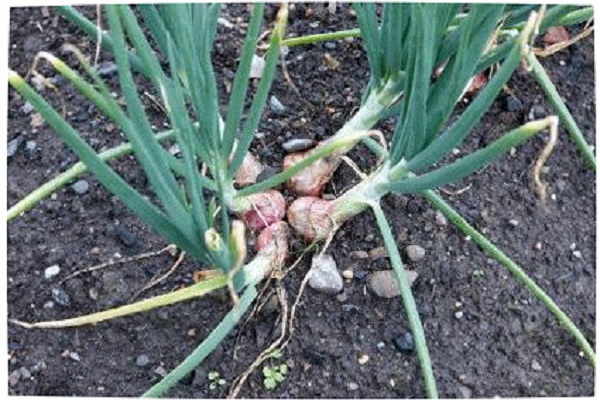
Types and varieties
There are two main varieties of garlic that you need to familiarize yourself with in advance - winter and spring.
Winter
This type of garlic is not planted in spring, but in mid-autumn. Most often, planting begins on October 1-5. However, in warm weather, you can postpone the procedure to 15-20. Each grower determines the optimal planting time independently, depending on the weather and temperature outside.
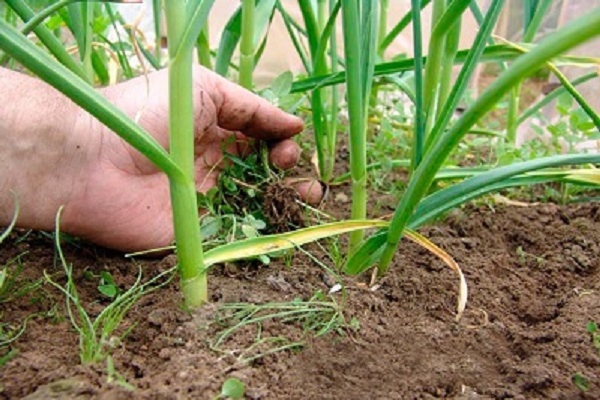
Winter garlic is distinguished by the size of its fruits, consisting of several identical teeth. If you cut the onion into two equal parts, you will notice that there is an arrow in the center, around which all the garlic cloves are located.
At the time of flowering, small empty flowers without seeds form on the bushes. The seeds are found in the airy bulbs that appear on the plant after flowering.
Spring
The distinctive features of this species include the fact that there is no central stem in its bulbs. Also, adult plants do not form bulbs in the upper part of the bushes, and therefore spring garlic reproduces only with the help of young teeth.
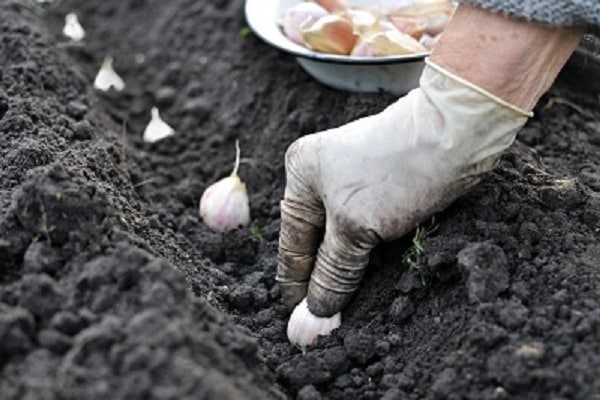
The size of the fruits of this species is much smaller than that of the winter one. However, there are about 10-15 cloves in one onion. They are all completely different and differ in their size. The harvested harvest of spring garlic is perfectly stored even in rooms with room temperature. Under optimal conditions, it will not deteriorate within 1-2 years.
Seedling preparation
Before you start planting garlic in open ground, you should start growing seedlings. It is recommended to plant it in the fall or winter, so that by the spring you can transplant the seedlings into the garden.
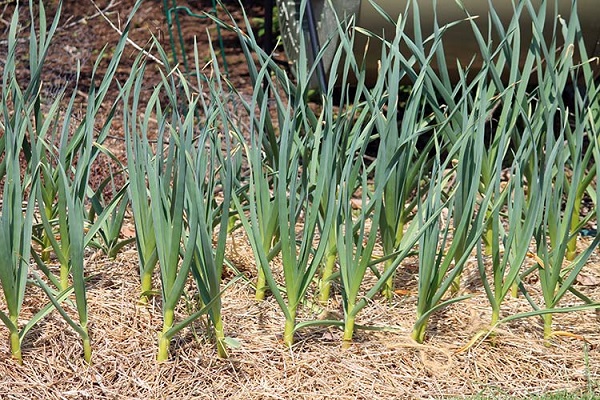
Soil preparation
Garlic loves soil that contains a lot of nutrients and therefore it is better to prepare the soil mixture in advance. For this, the earth is mixed in equal amounts with wood ash, nitrophosphate and superphosphate.
After adding fertilizers to the soil, the soil is disinfected in order to remove pests and pathogens from it. For such a procedure, copper sulfate is added to the ground.
Some vegetable growers add peat with loam and sand to the soil to improve the quality of the soil mixture.
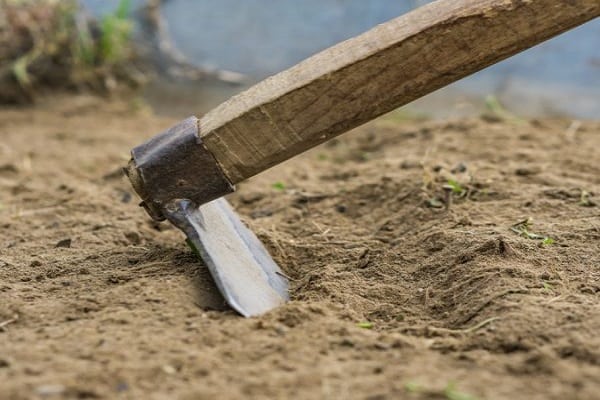
Choice of capacity
Before growing garlic seedlings, you need to decide in what container it will grow. Some people advise growing it in plastic pots in which almost all plants take root.
However, these pots are quite small, so it's better to use boxes instead. Several seedlings can be grown in them. Instead of boxes for landing, you can use cassette containers, which consist of several combined pots.
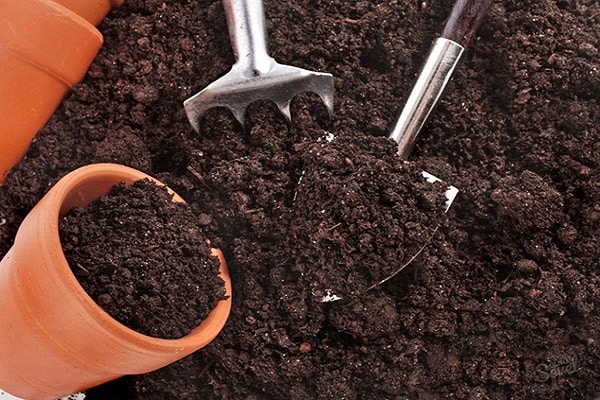
Landing
Having chosen a container for planting and having prepared a soil mixture, you can start planting.
First, all containers are filled to the top with soil and watered with warm water. Then shallow holes are made for planting garlic teeth. When all the garlic has been placed in the soil, it is covered with earth and re-watered. All containers with planted garlic are transferred to a warm room for further cultivation.
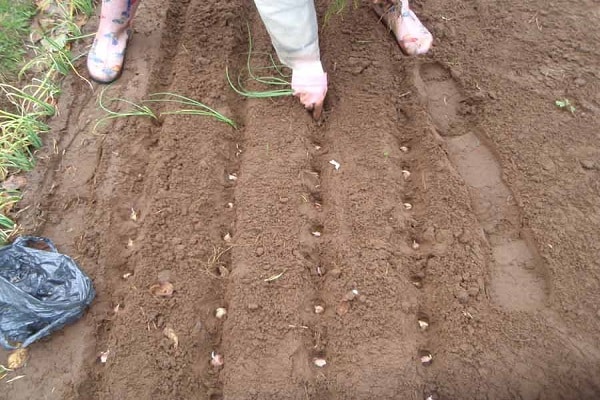
What is the time frame for planting
When using the seedling method growing garlic in open ground it is planted in the spring. Many people think that spring planting is much easier than autumn planting. In this case, you do not have to spend a lot of time and effort on site preparation.
Before you start planting seedlings, you need to pay attention to the temperature outside. Landing should be done only if it does not fall below zero degrees. Even small frosts can destroy planted garlic. Therefore, it is recommended to do landing no earlier than the second half of April.
Also, before planting, pay attention to garlic seedlings. It must be strong enough, as weak seedlings will not be able to take root normally in the garden. You cannot transplant seedlings into open ground if their height is less than 5-6 cm. Such weak seedlings can only be planted in greenhouses where the optimum temperature and air humidity are maintained.
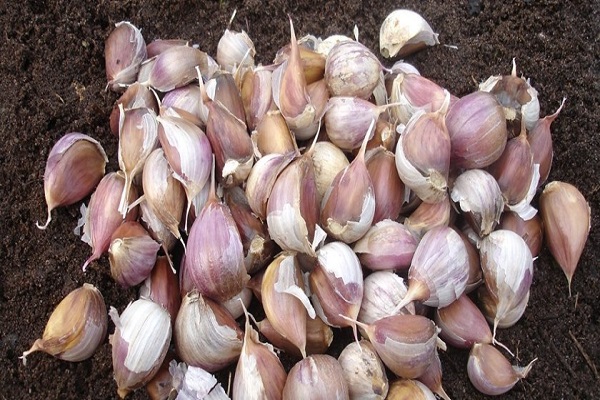
Soil preparation
Family garlic, like all other varieties, grows well in sandy loam and light soil. Therefore, if there is loamy soil on the site, then expanded clay mixed with sand will have to be added to it. These components improve the drainage properties of the earth several times, due to which it absorbs moisture better.
Also, this vegetable grows much better in fertile soil with nutritious components. To increase fertility, the site is treated with manure. It is not recommended to fertilize the soil with fresh organic fertilizing along with it, as this will negatively affect the yield of garlic.
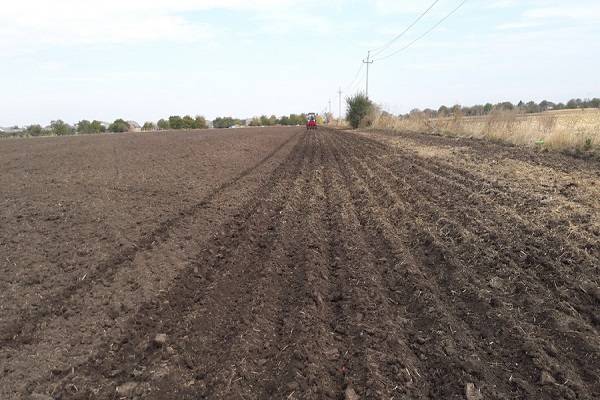
They are engaged in soil preparation only after it has completely warmed up at the end of March. The entire site is carefully dug up so that the earth is not too dense. Then, about 4-5 kg of humus are consumed for each square meter of the garden.
To increase yields, you can add a few tablespoons of carbamide and superphosphate to the ground.
Areas with alumina soil are fertilized with humus from fallen leaves, peat and river sand. After adding additional fertilizers, the soil throughout the entire area will have to be re-loosened and poured with warm water to increase the humidity.
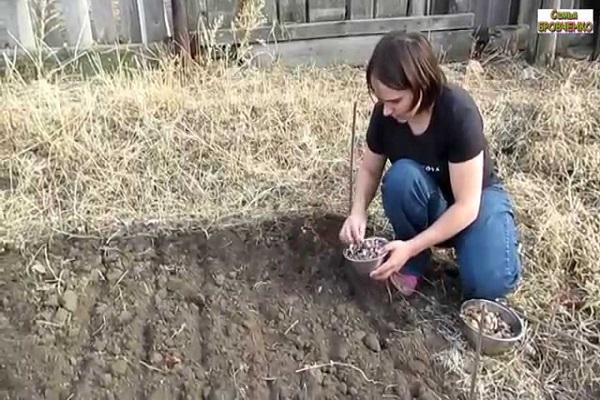
Landing
Before planting, it is recommended to identify the area of the garden that is best suited for growing garlic bushes. To do this, you need to figure it out, after which you need to plant garlic. Garlic seedlings grow well in areas where peas, beans or pumpkins were grown. It is not recommended to plant them in places where cucumbers, carrots or onions used to grow.
Having chosen a suitable site in the garden and having finished preparing the soil, they begin planting. First, you should start marking the beds on which the bushes will grow. The distance between the beds is made at least 35 cm.After marking, small holes are made on each bed with a depth of no more than 10 cm.The holes should be 25-30 cm apart from each other.
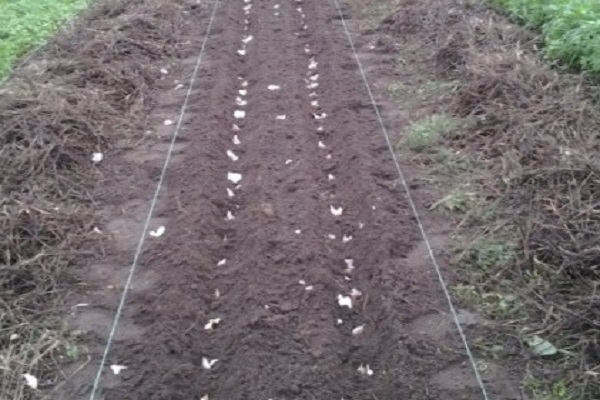
Planting garlic seedlings should be very careful so as not to damage anything. Before placing the seedlings in the ground, all the holes are thoroughly moistened with water. Then the seedlings sit in the grooves in an upright position, sprinkle with soil and water again. Some gardeners mulch the soil after planting to protect the seedlings from possible temperature changes.
Care requirements
Garlic, like any other vegetable, must be constantly looked after during cultivation. Taking proper care of your garlic bushes will speed up their growth and improve yields.
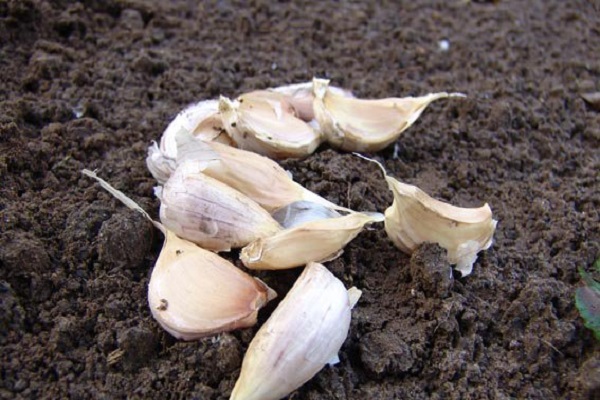
Watering
Without sufficient moisture, the arrows of the plant begin to turn whitish and gradually wither. Therefore, it is necessary to periodically moisten the soil so that the bushes do not dry out. The bushes are watered every 3-4 days so that the earth does not have time to dry out and is always moist. If it is often cloudy outside, the amount of watering is reduced to once a week. It is recommended to water the seedlings in the evening, after sunset.
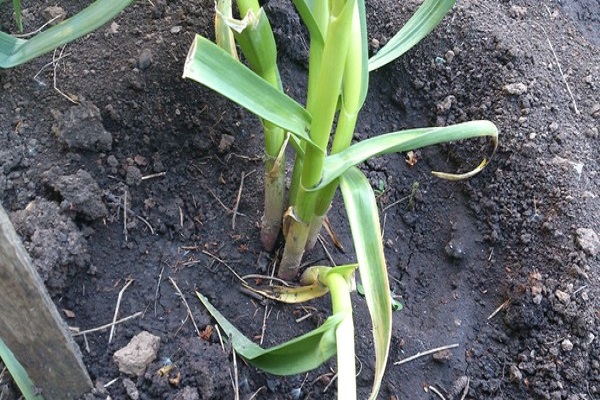
Fertilizer
When grown, garlic is fertilized in three stages. For the first time, top dressing is applied to the soil after the appearance of the first true leaves. In this case, a solution prepared from water and urea is added to the soil.
The second feeding is carried out two and a half weeks before flowering. The site is fertilized with nitroammophos and nitrofos. The final stage feeding garlic carried out in early summer, when the bulbs are formed. The soil is fertilized with a superphosphate solution.
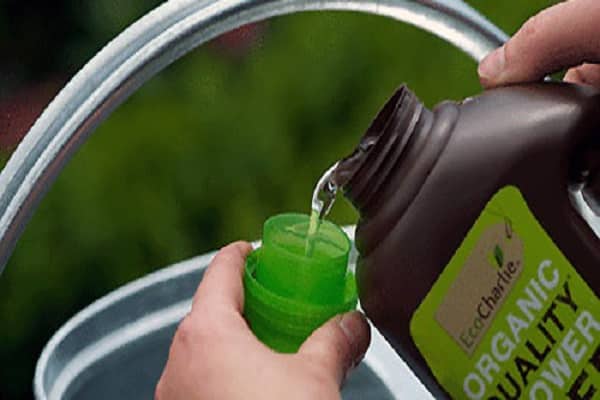
Weeding and loosening
After watering, it is imperative to loosen the soil, since the surface of the earth is covered with a dense crust. If you do not get rid of it in a timely manner, the supply of oxygen and moisture to the roots will deteriorate.
For the first time, the soil is loosened 15 days after planting the seedlings. Re-weeding is carried out after a week and a half. During loosening of the soil, it is imperative that all weeds are pulled out, because of which the fertility of the soil may deteriorate.
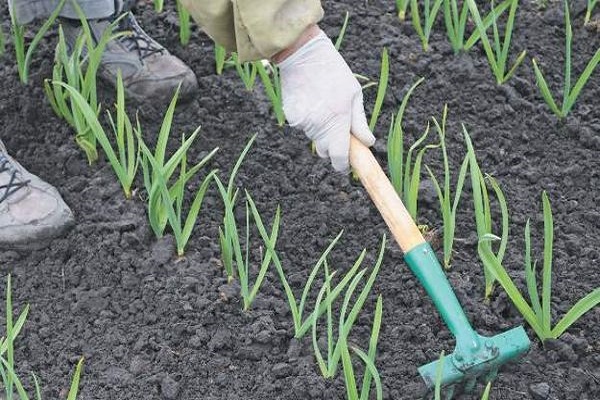
Diseases and pests
Garlic is susceptible to diseases, among which jaundice, fusarium, rust or gray rot are most common. Of pests on garlic bushes often attacked by the onion fly, the centipede, the nematode, the moth, and the hidden proboscis.
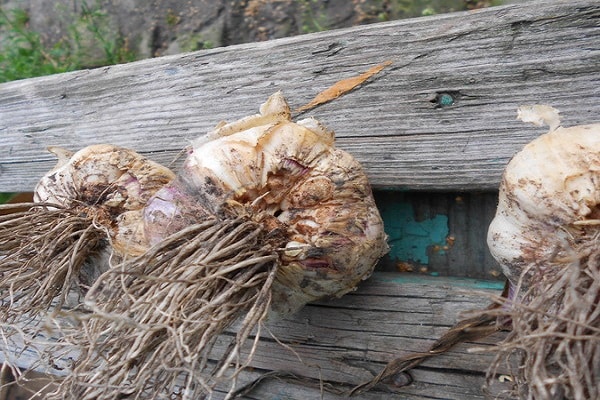
Harvesting and storage
Ripe garlic is harvested from the second half of summer to early September. Before harvesting the fruits, you need to make sure that the old feathers on the bushes have turned yellow, and the new ones have stopped appearing. If the garlic is not collected in time, its growth will be activated again, and the heads will begin to gradually disintegrate into small pieces.
The entire harvested crop is dried for several days in a ventilated room and transferred to the cellar for further storage.
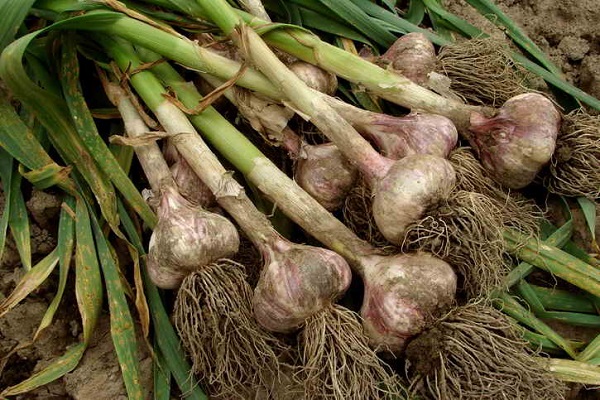
Conclusion
Garlic is considered a popular vegetable grown by many gardeners. To get a good harvest, you need to familiarize yourself with the peculiarities of planting and growing garlic bushes.
